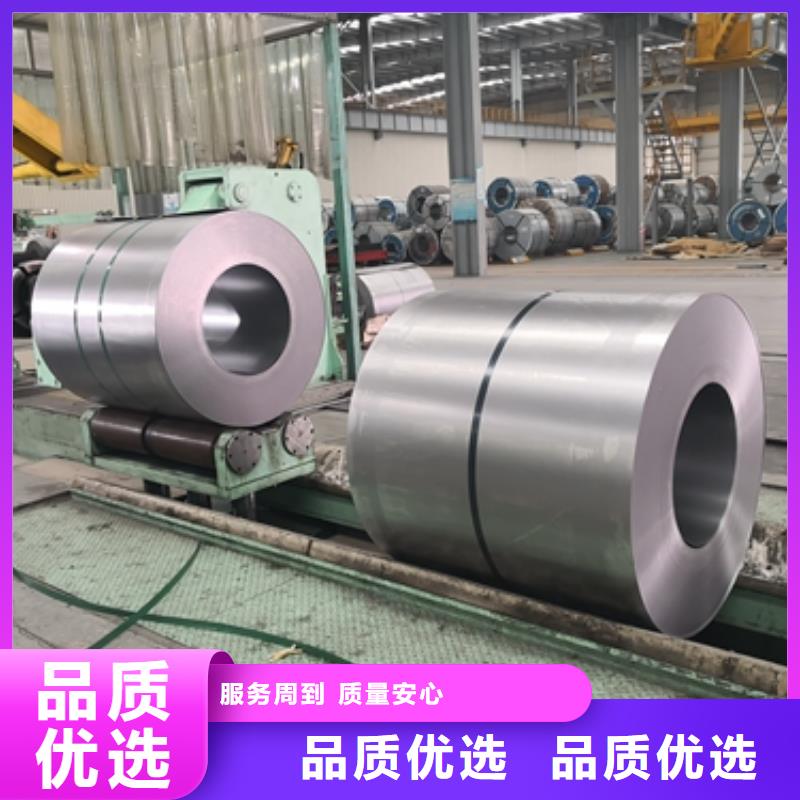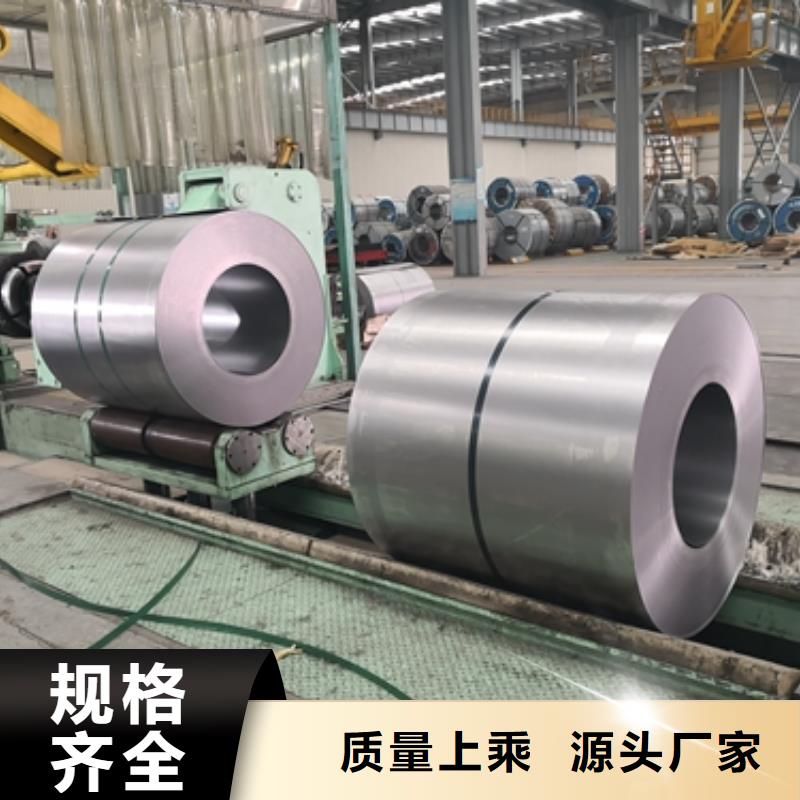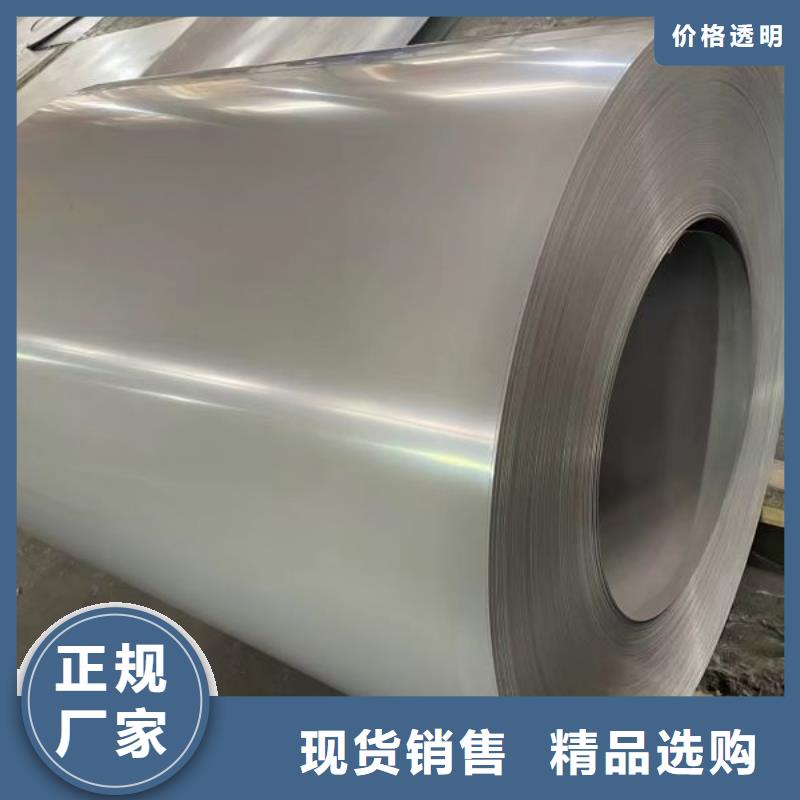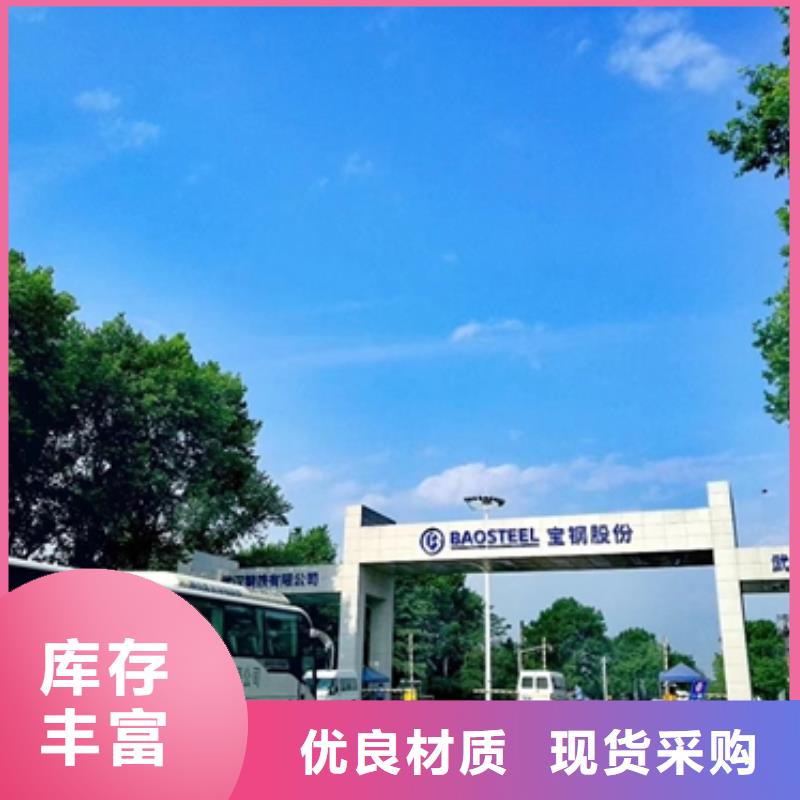想要更直观地感受0.3 30QG120现货报价产品的魅力吗?那就赶紧点击视频,开启你的采购之旅吧!
以下是:0.3 30QG120现货报价的图文介绍


电工钢硅钢片硅钢是一种硅铁合金。用硅钢轧制的片材是电工领域中应用广的软磁材料,因而硅钢片又称电工钢片。硅钢片广泛用于电动机、发电机、变压器、扼流圈、电磁机构、继电器及测量仪表中电机工业大量使用厚度为0.35~0.50mm的硅钢片,用于:中型旋转机,压缩电机,通用马达,小型精密电机,电动汽车,压缩机,通用电机,电源变压器,精密变压器,节能电机,焊机变压器,稳压器,磁性密封器,加速器用电磁铁,汽车电机等;在电信高频技术中常用0.05~0.20mm的薄带钢片,以便更有效地降低涡流损耗。热轧硅钢片厚度为0.35~0.50mm,密度为7.55~7.70g/cm3,多用于大、中、小型交、直流电动机;冷轧无取向硅钢片厚度为0.35~0.50mm,密度为7.65~7.75g/cm3,多用于大型交流发电机、电动机,大、中、小型交、直流电动机;冷轧取向硅钢片厚度为0.23mm 0.27mm 0.3mm 0.35mm,密度为7.65g/cm3,多用于电力变压器、油浸式变压器,干式变压器,电抗器、磁放大器等;冷轧取向薄带厚度为0.05~0.20mm,多用于无线电高频变压器。
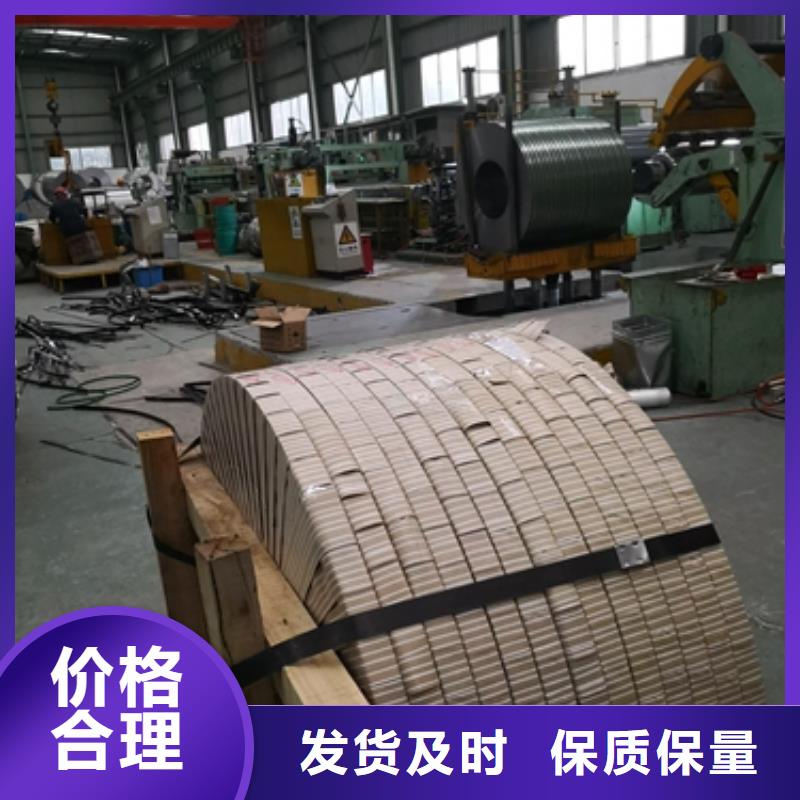


电工钢硅钢片磁性能测试磁性能按GB/T 3655测试,对于带有涂层的产品,绝缘涂层的重量应被计算在内。8.5.1 磁时效测试测试产品时效试样的比总损耗时,时效试样应在 225℃±5℃温度中持续保温 24h, 然后空冷到室温温度。8.5.2 应力退火型产品测试应力退火型产品的试样在 750℃±10℃下,经 2 小时应力退火后进行测量。8.5.3 比总损耗的各向异性测试用一定数量的横向试样在 磁极化强度为 1.5T、贵州贵阳本地频率为 50Hz 时,测得比总损耗值为 P1,用一定数量的纵向试样在 磁极化强度为 1.5T、贵州贵阳本地频率为 50Hz 时,测得比总损耗值为 P2。比总损耗的各向异性 T(以百分数表示)按照下面给出的公式计算得出,其值应符合表 3、贵州贵阳本地表 4 的规定

电工钢硅钢片Electrical steel, also known as silicon steel sheet, is an indispensable metal material in the power, electronics, and military industries, and is also the largest functional material in production. It is mainly used as the iron core for various motors, generators, and transformers. Since it is a functional material, its performance testing also revolves around "function". These indicators are often mentioned in trade and processing processes, and a brief understanding can help everyone better carry out their work. The performance testing of electrical steel mainly includes the following aspects: magnetic inspection, stacking coefficient inspection, coating adhesion inspection, repeated bending inspection, size and shape surface inspection, and conventional mechanical property inspection. In addition to the types of products listed above, there are also some special purpose electrical steel plates, such as 0.15 and 0.20mm thick 3% Si cold-rolled non oriented silicon steel strips and 0.025, 0.05, and 0.1mm thick 3% Si cold-rolled oriented silicon steel strips, which are used as intermediate and intermediate grade High frequency motors and transformers, as well as pulse transformers, etc; 0.7mm thick 3% Si high-strength cold-rolled non oriented silicon steel plate for relays and power switches; High strength cold-rolled electrical steel plate for new high-speed motor rotors; Low carbon electrical steel hot-rolled thick and cold-rolled plates for magnetic shielding and high-energy accelerator electromagnets such as medical magnetic resonance tomography scanners; 4.5% to 6.5% Si high silicon steel plates for high-frequency motors, transformers, and magnetic shielding.
Generally, motors, transformers, and other electrical components are required to have high efficiency, low power consumption, small size, and light weight. Electrical steel plates are usually guaranteed to have magnetic properties based on core loss and magnetic induction strength. Magnetic induction strength is the number of magnetic lines passing through a unit cross-sectional area of the iron core, also known as magnetic flux density. It represents the material‘s magnetization ability, measured in T. The magnetic induction strength of electrical steel plates is high, and the excitation current (also known as no-load current) of the iron core is reduced. Copper and iron losses are also reduced, which can save electrical energy. When the power of the motor and transformer remains constant, the magnetic induction intensity is high, and the design Bm can be increased. The cross-sectional area of the iron core can be reduced, which reduces the volume and weight of the iron core, and saves the amount of electrical steel plates, wires, insulation materials, and structural materials used. This can reduce the total loss and manufacturing cost of the motor and transformer, and is beneficial for the manufacturing, installation, and transportation of large transformers and motors. The main requirements for the performance of silicon steel are:
1. Low iron loss is the most important indicator of the quality of silicon steel sheets. Various countries classify grades based on iron loss values, with the lower the iron loss, the higher the grade.
2. Under strong magnetic fields, the magnetic induction intensity (magnetic induction) is high, which reduces the volume and weight of the iron core of the motor and transformer, saving silicon steel sheets, copper wires, and insulation materials.
3. The surface is smooth, flat, and the thickness is uniform, which can improve the filling coefficient of the iron core.
4. Good lamination performance is more important for manufacturing micro and small electric motors.
5. The adhesion and weldability of the surface insulation film are good, which can prevent corrosion and improve the punching performan

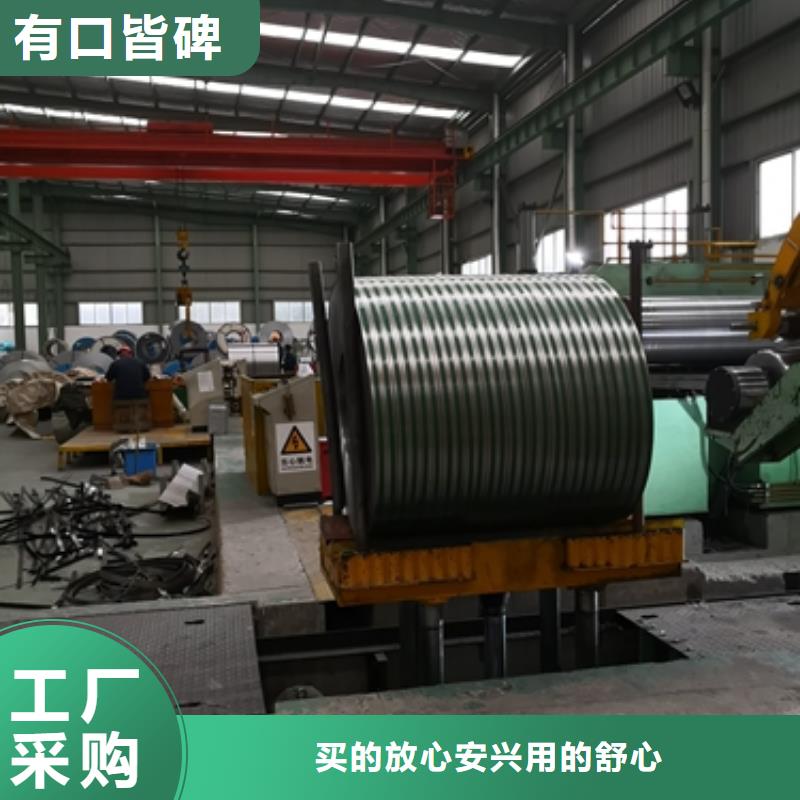
电工钢硅钢片1961~1994年主要是高磁感取向硅钢(Hi-B)的发展阶段。1953年,日本新日铁公司田中悟等证明以AIN为主要抑制剂和一次大压下率冷轧工艺方案有可能制成更高磁性的取向硅钢。1961年在引进Armco 基础上,首先试制AlN+MnS综合抑制剂的高磁感取向硅钢。1964年开始生产并命名为Hi-B,但磁性不稳定。自1968年新日铁公司开发高磁感取向硅钢产品后,日本冷轧电工钢在产品质量、贵州贵阳制造技术和设备、贵州贵阳新技术开发、贵州贵阳实验研究及测试技术等方面都已超过美国,在世界上处于 领先地位。


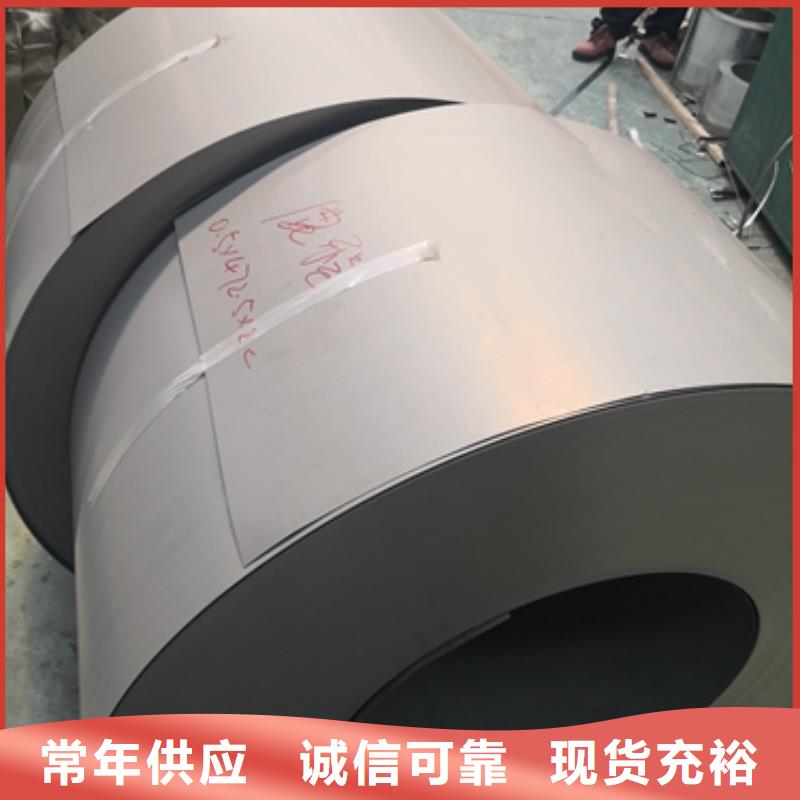
企业宗旨:为企业提供有“力”的服务,精“准”的 贵州贵阳新能源电工钢产品,专注 贵州贵阳新能源电工钢生产销售。
企业愿景:助力于中国 贵州贵阳新能源电工钢行业的发展,成为 贵州贵阳新能源电工钢业的优选品牌。
经营理念:与客户共赢,与员工共享;生产高品质 贵州贵阳新能源电工钢产品,提供优质服务。


电工钢硅钢片供方可采用不同的检验和试验方法进行验收测试,发生争议时,应采用本文件规定的检验和试验方法及相关的技术要求进行测试。9 判定与复验规则产品的判定与复验规则应符合 GB/T 17505 的规定。规定的磁性能及工艺性能检验项目中,如有某一项试验结果不符合本文件要求,则从同一批中再任取双倍数量的试样进行该不合格项目的复验。复验结果(包括该项目试验所要求的所有指标)合格,则整批合格。复验结果(包括该项目试验所要求的所有指标)即使有一个指标不合格,则复验不合格。如复验不合格,则已做试验且试验结果不合的单件不能验收,但该批材料中未做试验的单件可逐件重新提交试验和验收。
